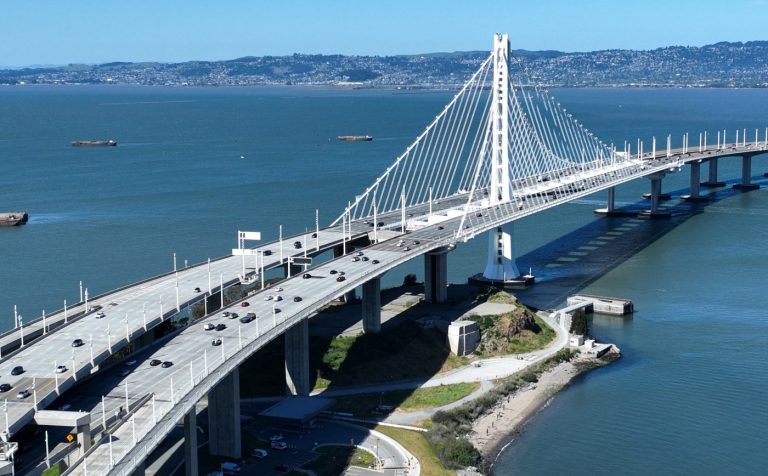Subaru remains the automotive industry’s go-to active family vehicle. The carmaker’s signature attraction — its symmetrical all-wheel drive system — has been standard on almost all of the manufacturer’s vehicles for more than 50 years.
Some functions have been amended, but the concept remains much the same. The transmission sits behind the front axle, paired with a horizontally opposed engine. The side-to-side symmetry connects the entire powertrain, helping efficiently distribute power to all four wheels.
The 2024 Subaru Crosstrek continues the compact sport utility vehicle introduced in 2012 as the successor in the United States and Canada to the Subaru Outback Sport. The Wilderness trim debuts the vehicle’s third generation and with further leanings toward off-road adventures.
For Subaru, the Wilderness trim means a lifted suspension with more than a half-inch higher ground clearance to 9.3 inches. All-terrain, 17-inch tires are now standard and the manufacturer has added more rugged design features. The optional manual transmission has been jettisoned with all models now available only with a continuously variable transmission. The Wilderness also has an eight-speed manual shift mode with steering wheel paddle switches.
Much of the rest of the 2024 Crosstrek remains the same as last year’s model. Standard engine options are the base 2.0-liter, four-cylinder with 152 horsepower and a 2.5-liter with 182 horsepower. The EPA mileage estimates are 25 miles per gallon in city driving, 29 mpg on the highway, with variances depending upon trim level.
Subaru also emphasizes safety in its vehicles (what carmaker doesn’t?). But there are plenty of reasons the manufacturer is a long-time favorite among professional skiing, cycling and other mountain sport teams and recreational participants. The carmaker calls its safety system EyeSight. The standard driver-assistance feature bundle includes automated emergency braking, lane-departure warning with lane-keeping assist and adaptive cruise control.
Additional features: a tire pressure monitoring system with individual tire display and automatic individual wheel ID registration, a USB-A input/charge port and 3.5 mm auxiliary input jack in the front center console, keyless access with push-button start, LED headlights, LED rear gate light and raised ladder-type roof rails.
Convenience features: a 12-volt power outlet, 60/40 split fold down rear seatbacks, dark tint privacy glass, dual-pinion electric power assist steering, dual zone automatic climate control and incline start assist.
A worthy option package ($2,245) features 10-way power driver’s seat with two-way adjustable lumbar, power moonroof, blind-spot detection and lane-change assist with rear cross-traffic alert and heated front seats, mirrors and wipers.
What Subaru isn’t known for is luxury and performance, which is fine. The utilitarian interior makes sense for the majority of consumers buying the vehicle. While leather seating is available, is it practical for families carrying recreational equipment and the family dog?
Subaru reports it has improved its vehicles’ seating design and is using better materials and a new cockpit configuration. It has also added additional sound-deadening materials. The overall look stresses practicality, with deep pockets for water bottles and other necessities. The cargo area offers 20 cubic feet of space with the rear seats up, 55 cubic feet.
Performance is touted by many manufacturers and Subaru makes sports cars with impressive acceleration. But the majority of the lineup can’t claim much more than adequate advancement.
The Subaru Crosstrek, in any of its trims and engine configurations, will get wherever its drivers wish. But it will take its time. The Wilderness advances from 0-to-60 miles per hour in 8.6 seconds, a sluggish effort even among its peers in the off-road, modestly priced family vehicle segment.
Regardless, the new Subaru is one of the industry’s best values. It costs $35,560 as reviewed, a bargain at about $10,000 less than the average price of a new car in the United States.
James Raia, a syndicated automotive columnist in Sacramento, is the founder of the website theweeklydriver.com, online since 2004. It features new car reviews, industry news and a free newsletter and podcast. E-mail: [email protected].







